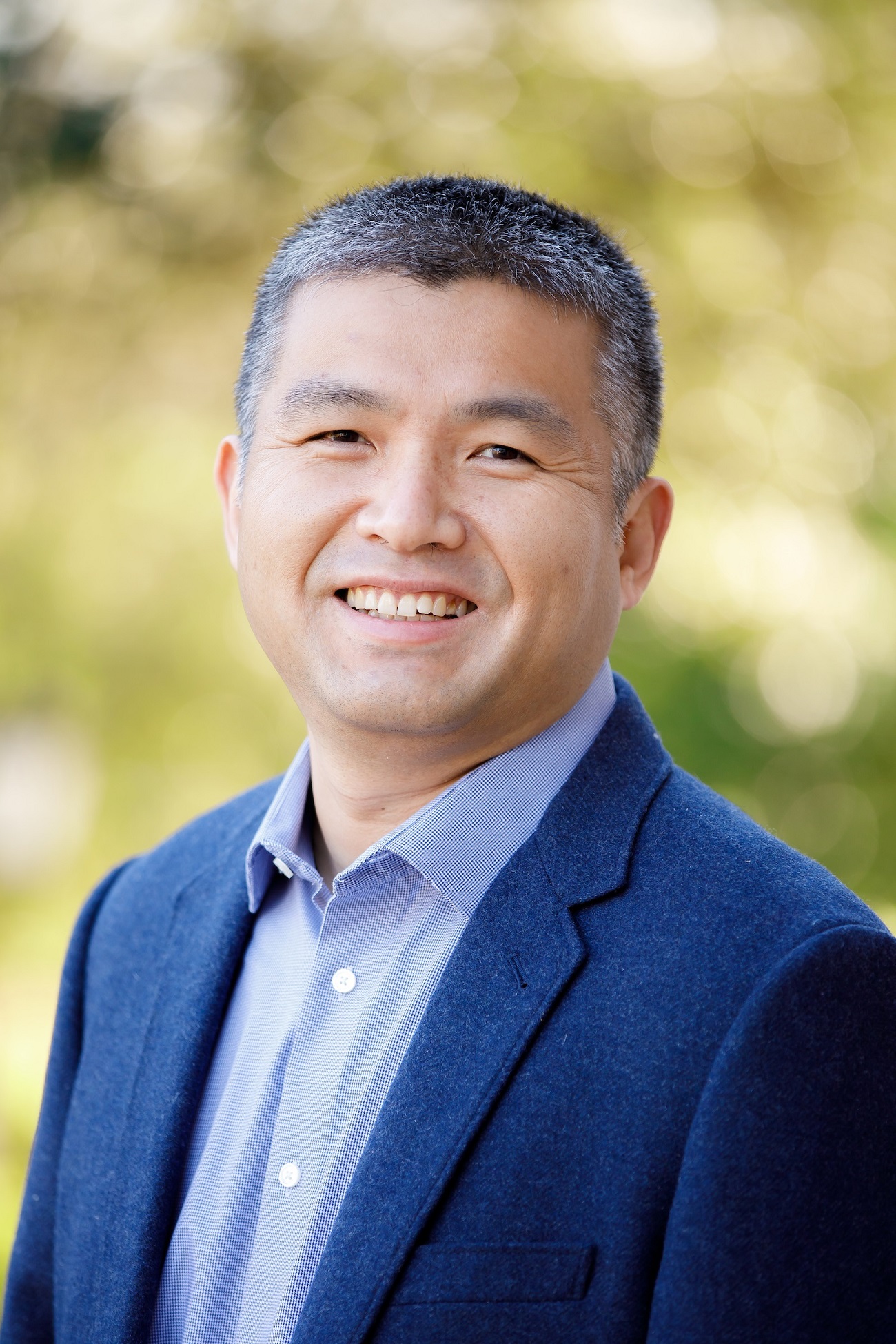An engineering professor at The University of Alabama was one of fewer than 60 researchers across the country awarded time on some of the world’s most powerful supercomputers.
Dr. Myoungkyu Lee, assistant professor of aerospace engineering and mechanics, will conduct high-fidelity simulations on a computer at Argonne National Laboratory. The research seeks to understand the fundamental physics of wall-bounded turbulent flows in electrically conducting fluids with external magnetic fields, a crucial step in developing engineering applications such as improving nuclear fusion reactors.
Lee’s awarded computer time is from the United States Department of Energy’s Innovative and Novel Computational Impact on Theory and Experiment, or INCITE, program. The Office of Science recently announced allocations of supercomputer access to 56 high-impact computational science projects for 2023. These awards, which will pursue transformational advances in science and engineering, account for 60% of the available time on the leadership-class supercomputers at the department’s Argonne and Oak Ridge national laboratories.
Open to any researcher or research organization in the world with a computationally intensive project, INCITE’s application process is highly competitive. Over a four-month period, INCITE proposals are assessed by peer-review panels composed of international experts, with each panel representing a different scientific discipline. The proposals are also evaluated on a technical level by each computing facility for computational readiness and the scalability of the project’s code and its algorithms.
The INCITE awards committee makes its final selections based on these recommendations. This year, the committee received 97 total proposals, with researchers requesting more than 102 million node-hours across all four systems.
Lee is an expert in simulating turbulent flows with high-performance computing systems, and his lab seeks to understand turbulent flows with multi-physics in science and engineering applications.
With this project, large-scale simulations will help in understanding more about wall-bounded magnetohydrodynamic turbulence, which presents a challenge in harnessing electrically conducting, magnetized fluids for applications such as in the energy industry. The data gathered from the simulations should further improve simplified turbulence models so computational analysis of applications with magnetohydrodynamics turbulence can be achieved at a low-cost.
Contact
Adam Jones, UA communications, 205-348-4328, adam.jones@ua.edu
